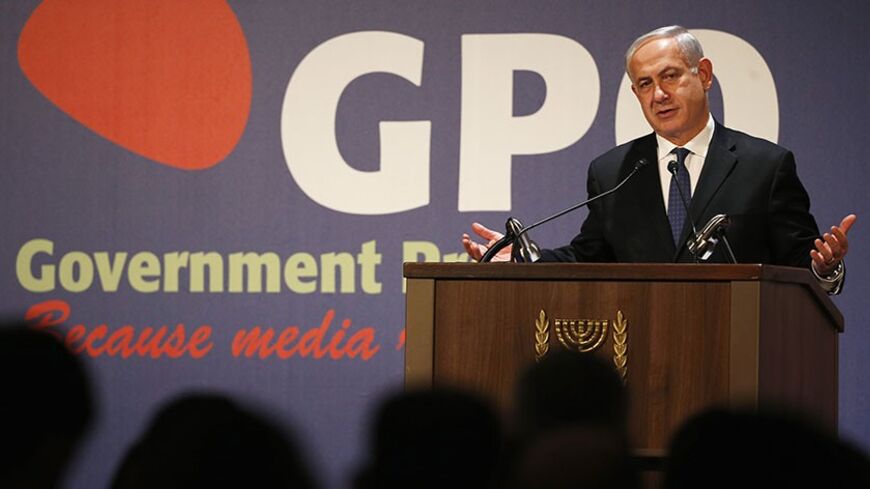The conflict between Israelis and Palestinians is about the map — who gets what and how much of historic Palestine. US Secretary of State John Kerry may well have an opinion about this — it is hard to believe that he does not — but President Barack Obama's White House has yet to decide whether to break with the history of the last four decades and draw an American picture of what the states of Israel and Palestine should look like.
No such hesitation is to be found among the Palestine Liberation Organization and its chairman, Mahmoud Abbas, the signatories to the Arab Peace Initiative or members of the Organization of the Islamic Conference (OIC). They accept the June 4, 1967, border as the line dividing the state of Israel from the yet-to-be-created state of Palestine. They are prepared to consider modifications to this map, the so-called land swaps, not because they want to, but in order to satisfy Israel’s territorial demands over this demarcation.



